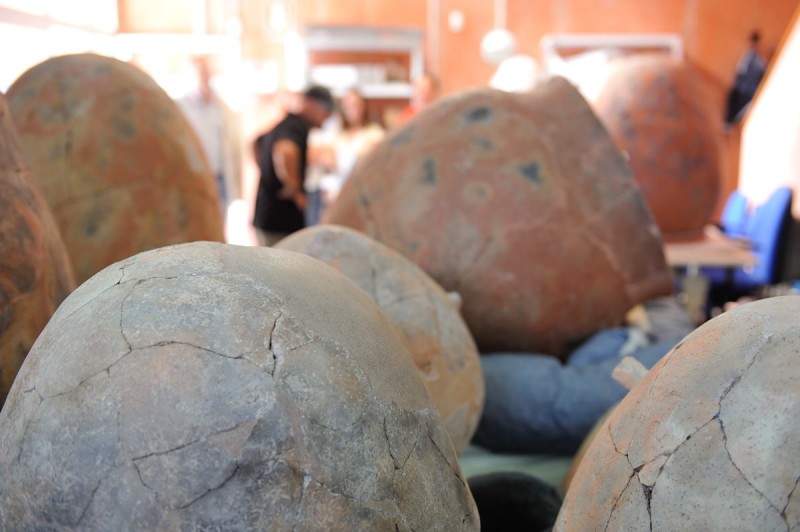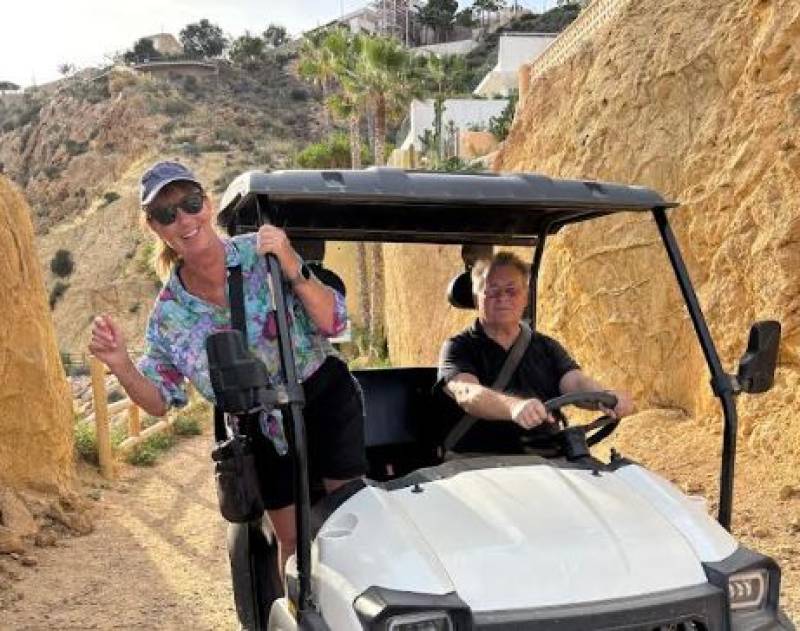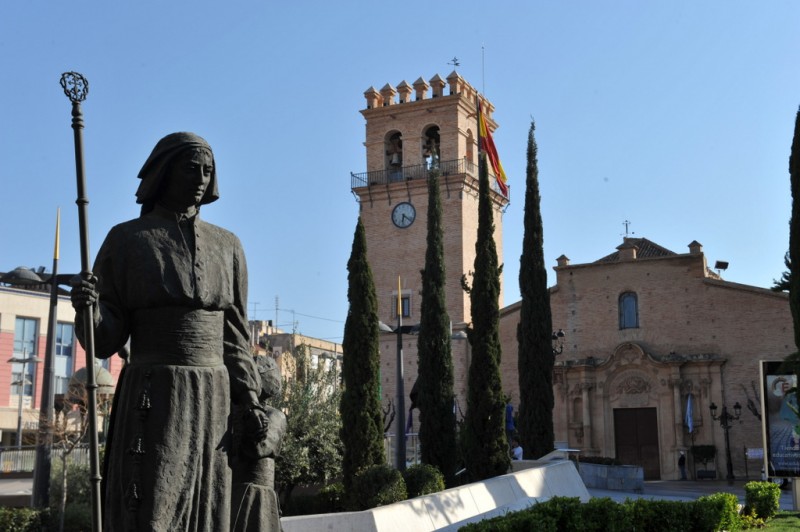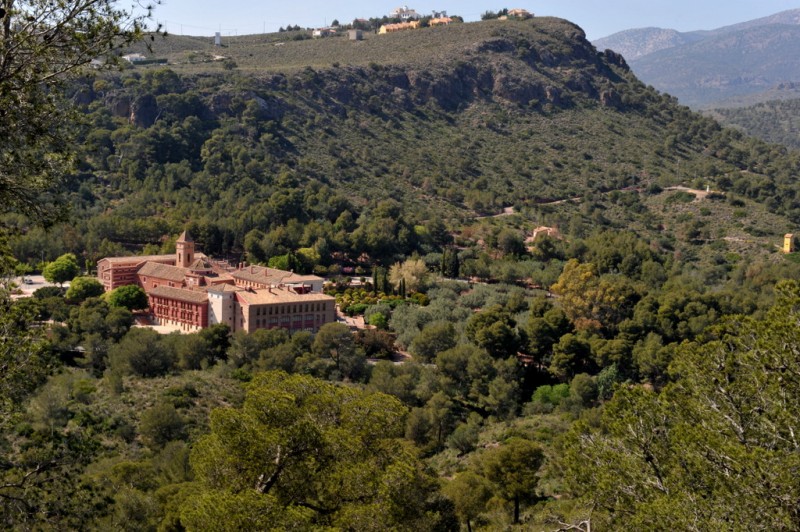-


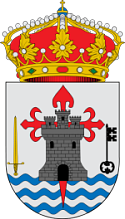
 Welcome To
Welcome To Totana
Totana


 Welcome To
Welcome To Totana
Totana


 Welcome To
Welcome To Totana
Totana article_detail
article_detail

 Welcome To
Welcome To Totana
Totana
To be listed on the CAMPOSOL TODAY MAP please call +34 968 018 268.

Guidelines for submitting articles to La Manga Club Today
Hello, and thank you for choosing La Manga ClubToday.com to publicise your organisation’s info or event.
La Manga Club Today is a website set up by Murcia Today specifically for residents of the urbanisation in Southwest Murcia, providing news and information on what’s happening in the local area, which is the largest English-speaking expat area in the Region of Murcia.
When submitting text to be included on La Manga Club Today, please abide by the following guidelines so we can upload your article as swiftly as possible:
Send an email to editor@lamangaclubtoday.com or contact@murciatoday.com
Attach the information in a Word Document or Google Doc
Include all relevant points, including:
Who is the organisation running the event?
Where is it happening?
When?
How much does it cost?
Is it necessary to book beforehand, or can people just show up on the day?
…but try not to exceed 300 words
Also attach a photo to illustrate your article, no more than 100kb
 article_detail
article_detailOutlying districts of Totana: El Raiguero
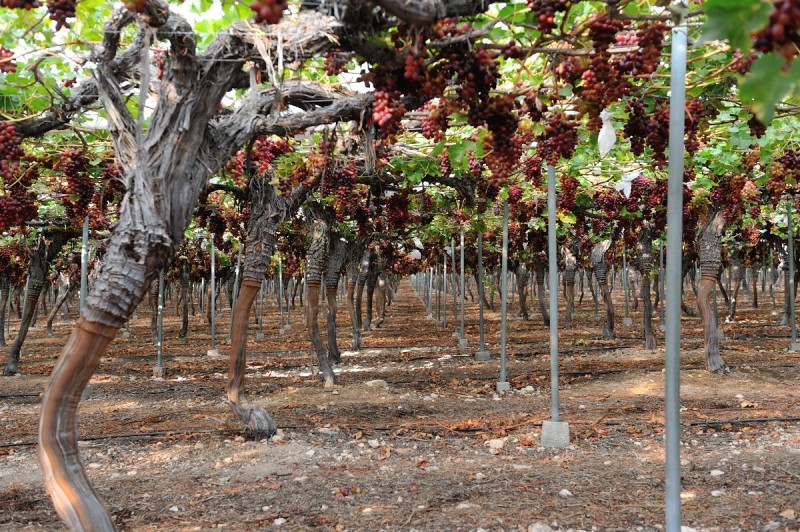
An agricultural community in the south of Totana on the boundary with Mazarron
The outlying district of El Raiguero is the southernmost in the municipality of Totana, and shares a boundary with the coastal municipality of Mazarrón (click for map location).
The area of El Raiguero is a modest agricultural one, but it is known to have been inhabited since prehistoric times, when from the Stone Age to the Iron Age those who lived in the neighbouring area of Viñas de Lebor passed through this area. There is also ample evidence of occupation by the Romans from the 1st century AD onwards, when there were agricultural concerns based at “villas” close to the Via Augusta (the road which ran from Cádiz to the Pyrenees along the Mediterranean coast), and by the Moors during the Early Middle Ages. They were followed by the reconquering Christians after the 13th century.
But it was in the 16th century, with the advent of stability following the expulsion of the Moors from the neighbouring kingdom of Granada in 1492, that El Raiguero became recognized as an agricultural district, dependent first on Aledo and then on Totana. Irrigation at that time was sporadic, from the course of the River Guadalentín, and only in 1712-13 was a dam built to create a small reservoir. This structure was repaired on various occasions over the following 200 years as local agriculture came to rely on it for its survival.
In the mid-18th century a small place of prayer was built by one of the local residents, and it soon began to be used by the locals as a place of worship. The building was destroyed during the Civil War (1936-39), but was re-built in the 1950s and became the church dedicated to Santo Domingo de Guzmán which is still in use today.
Another church, the Ermita de la Araña, was built in Raiguero Alto, with a curious design featuring oblique angles and unusual incomplete lines: equally curious is the stone altar, which local refer to as the “Pedra del Muerto” (the stone of the dead man).
It was also in the 20th century that the population grew sufficiently to warrant the opening of two schools, and the installation of more modern irrigation techniques led to an upsurge in agricultural activity during the 1980s and 1990s. Partly as a result of this growth in the population there is now a social centre in Raiguero Bajo, which is the hub of the local community and home to the neighbours’ and housewives’ associations, although over the course of the last decade the population has again dwindled and now stands at around 250.
In geographical terms the most important feature in El Raiguero is the hillside known as the Loma de Aguaderas, which contains a wide variety of flora and fauna, such as rabbits, hares and numerous bird species.
As for the local fiestas, the most important and widely known in El Raiguero are “Cantos de Ánimos” musical events in January and the celebrations in honour of the patron saints, Santiago (Raiguero Bajo) in July and Santo Domingo Guzmán (Raiguero Alto) in August.
On 16th January in Raiguero Bajo the singing starts after Mass and lasts until a late and long lunchtime, and in the evening the celebrations continue with the "baile de pujas", in which dance partners are auctioned off to raise money for the local church. It is believed that these curious traditions owe much to the influence of parts of Andalucía: when workers at the mines of La Unión travelled every year to and from the Region of Murcia they stopped at off at three inns on the Camino Real route in Totana, coinciding with the “ánimas” events.
Click for more information about the Totana municipality
article_detail
article_detailContact Murcia Today: Editorial 000 000 000 / Office 000 000 000






